Hat Science was born in its current formal form on December 13, 2013 during the commitment ceremony of linebacker Raekwon McMillan.
Back then, it was hardly the multi-dollar industry that it is now.
How did it come to be the all-consuming study that it is today? I’m a pretty humble guy, so I’m not claiming that this is my discovery anymore than Isaac Newton claims that he discovered gravity, because gravity was around long before Newton had an apple conk him on the noggin.
What’s that? He says he discovered gravity? Then maybe I did discover Hat Science.
Long before Hat Science, however, we all watched commitment ceremonies where a player would be seated at a table with any number of hats in front of him. The hats are there to build suspense, but as I will show you, the suspense is nothing more than a poorly-planned illusion.
Once you know the science, not even Vanna White could spell it out any better for you.
Like you, I’ve watched way more of these ceremonies than I would ever tell my wife, and through watching them I began to pick up on trends and tendencies. Those tendencies make up the four Essential Laws of Hat Science.
Through the years — all three of them now — some of these laws have changed. For instance, in its infancy, arguably the most powerful law of Hat Science was the bend of the brim on the hat.
In my years of study before Hat Science was a science and it was just a … whatever a baby science is called … I always noticed that the hat that appeared to be more worn would be the one that got picked.
Basically, up until these last few years, whenever a human would put a hat on his head, he would curve the bill a little bit to his desire. Therefore, the hat that appeared to be more worn would be the easy selection because that was the hat that had already been tried on.
Now, however, that law is no longer in place because of the popularity of the flat-brimmed hats. In fact, to even cite it when doing hat science would be inviting bad data into the equation.
There is still, however, a time and place for it, but it’s usually in Wisconsin or those other states over by Idaho.
With the Brim Equation no longer sanctioned by the Hat Science Congress (which is just me), here are the four Essential Laws of Hat Science, in order of their relative strength to each other.
I. The Middle Hat is never selected.
II. The hat will be on the side of the athlete’s dominant hand.
III. In a five-hat scenario, the two outside hats can generally be thrown out, thereby creating a three-hat scenario.
IV. Throw out the ugly hat(s).
Now let us break these laws down, because each of them has their own infuriating caveats.
I. The Middle Hat is never selected.
Affectionately known as the #MiddleHatCurse, the one place that you do not want your team’s hat appearing is in the middle of an odd-numbered layout of hats.
The middle hat is little more than a ruse because the athlete wants you to see that hat first. It’s a feint meant to distract you.
Perhaps the best shot of the sheer destructive nature of the Middle Hat Curse in the wild came in January of 2015 with the commitment of running back Damien Harris. Harris was choosing between Alabama, Kentucky and Ohio State.
This was arguably the first instance of somebody trying to deceive Hat Science, but they only strengthened the confirmation of its power. You see, the hats were set up for all to witness, and then minutes later they were rearranged.
Here are both shots combined. Beginning with the first shot.

Once Twitter saw the first photo, I immediately let everyone know that Ohio State was officially out of the running because of the Middle Hat Curse. I can only assume this got back to the school and/or the Harris party, and so they rearranged the hats in the only other way possible for them. Little did they know that they had just told us everything that we needed to know.
You can clearly see that despite the attempt to game the system, the Middle Hat Curse stood strong both times, as Harris would ultimately eliminate both OSU and UK by selecting Alabama.
There are, however, two exceptions to this rule. The first is that the Middle Hat Curse does not apply to Notre Dame because only Notre Dame commits would be arrogant enough to put their selection front and center.
The other exception is when a live animal is used, as it was by offensive lineman George Brown. Brown, with a Florida Gators hat placed in the middle of a three-hat scenario, selected the Gators and also pulled out a live baby alligator while committing in July of 2014.

It was clear in this instance that the subconscious thought process that guides hat placement and gives life to the Middle Hat Curse was more focused on the animal than the hat, and you see the subsequent result.
This is not to say that every animal-based commitment is going to end up with the player selecting the middle hat. There just hasn’t been enough data to produce a consensus in those situations yet.
Aside from these two exceptions, there may be no more powerful force in our universe than the Middle Hat Curse.
That brings us to our second law.
II. The hat comes from the side of the Dominant Hand.
This is perhaps the most common sense rule and also the most controversial simply because the only data we have is based on assumptions.
That assumption? That most people are right handed.
I can’t tell you the number of peer-reviewed pieces that I have written and reviewed that I have refused to publish simply because we just don’t know the handedness of players to a strong enough degree.
I don’t really understand planets and astronomy, but the same way those guys found the ninth planet because it wasn’t there is the same way that I determine when a player is right handed.
Basically, if he’s not using his left hand to select his hat, then he must be right handed. And the reverse is true as well. If he uses his left hand, then he must not be right handed.
Hey, if it’s good enough for NASA, it’s good enough for me.
I know some would call this “confirmation bias”, but “bias” is such an ugly word. I prefer to call it “confirmation confirmation”.
Just think about it, the reason handedness is so key is because we place things of importance to the side of our dominant hand. Looking at my workspace right now, I have two television remotes to my right side and none to my left side. I just proved my own science.
So, following through on that line of thinking, the player is going to place his hat of choice to the side of his dominant hand. This is another reason why the Middle Hat Curse is so strong. The middle is essentially no-man’s land. A limbo of sorts.
However, I have had a tremble of a doubt about the Law of Dominance after watching Breaking Bad and learning that if you are going to draw a gun from a seated position, you’ll want it on the opposite side of your dominant hand. Does the same hold true for hats? In both instances you are trying to catch people by surprise, so maybe we should revisit this one day.
Until that day, however, here is an example of the Law of Dominance. This is a photo from right-handed quarterback K.J. Costello’s hat set up from March. Is there any doubt where he ended up committing to?

That’s right, Stanford.
However, don’t even get me started on the growing trend of tables lacking a centered chair. This is like trying to get your bearings in the Bermuda Triangle. The Hat Science compass starts spinning wildly if things aren’t in order. And that goes for staggered hat setups and curved hat setups. This does not make for good science. Yet.
If you want to bastardize and grossly simplify things, roughly 83.7% of the time (this is strictly a guess), the hat that is ultimately selected will be on the side of the dominant hand, one hat removed from the middle hat.
Don’t quote me on that, but if I’m right, make sure to give the credit where it is due.
III. In a five-hat scenario, throw out the outliers.
Players like to let people know who was interested in them, and a display with five hats accomplishes that. However, nobody is really torn between five schools. Not when the time comes to actually make the decision.
The only reason to put five hats on the table is so people can wonder in amazement at the fact that so many great schools were after a particular player.
There are times when even the players themselves don’t take the outside hats seriously. Like when 5-star Utah linebacker Porter Gustin made his commitment to USC a year ago.

As you can see on his left — your right — there is a Dixie State hat. Dixie State is a Division II school in Utah. And they held the same place in Gustin’s hat heart as Arizona State on the far other side.
This is called the Outlier Declination.
So yes, throw out the outliers. Players are already uncomfortable enough sitting in front of a crowd with all eyes on them, they don’t really want to have to reach all the way over to the edge of a table to grab a hat that could have been placed closer to them.
At least not usually. There are, of course, exceptions. And it generally involves a whole lot of trolling. Like when Braxton Miller committed to Ohio State in June of 2010.
As you can see, the dominant hand did not win out here, and neither did the Outlier Declination. But still, even in the face of deception and trickery, there was the Middle Hat Curse, as strong as ever.
If the middle hat is the sun, then Hat Science is just as heliocentric as our solar system.
IV. Ugly hats don’t get picked.
Now, this may sound like a bit of a subjective branch of a legitimate science, but not to those with a trained eye for truly ugly hats.
Nobody wants to put an ugly hat on their head, and nobody is going to invest in that hat. Generally, there will also still be stickers on these ugly hats, which is usually a pretty big sign that this hat is getting returned.
And if it’s an ugly hat that isn’t getting returned, that just means it was a very cheap hat and the standard still applies. Hats aren’t free, and you’re not going to go out and pay $24.95 for a hat that you’re just using for table dressing.
But if you do, you’re going to leave the stickers on it so that you can return it with no questions asked.
Here is an example of an ugly hat that was never going to be selected. It’s a photo from Louisiana defensive tackle Rashard Lawrence’s commitment ceremony. Lawrence ultimately chose LSU over Ohio State.

Now that is one ugly Ohio State hat. Yeah, it’s got the Block O, but then I think a roided-out Brutus is there taking up the left side of the hat because hat designers just don’t know when to quit. Nobody is going to put that hat on their head on purpose. Now compare that to the sweet LSU hat with just a simple picture of the state of Louisiana on it. That is a nice-looking hat.
Hat Science isn’t just about hat placement, it is also about hat selection, and sometimes the selection can trump every other Law that there is.
| Question for Review: If there are four supremely ugly hats surrounding one beautiful non-Notre Dame hat in the middle, and the building where the ceremony is taking place does NOT allow live animals, what is the likeliest hat to be selected? |
If an ugly hat does get picked, you will likely be able to look at the clothes the player is wearing at that moment and instantly understand why the ugly hat was selected. Science doesn’t always apply to people with either too much, or not enough, style.
Summation
There is still a lot to be discovered with Hat Science. Remember, this is just a field guide. There are so many nuances to this field of study that it just can’t possibly appeal to the masses enough for me to gather it all up for consumption.
Ultimately, however, the reason that I wanted to put this field guide of the four Essential Laws of Hat Science together and publish it is the same reason that any science guy puts his or her stuff out there — we just want to make the world as smart as we are.
Plus, we get super angry when we see people running with it and getting the science all wrong. Like it’s not bad enough that they’re running with scissors, but they’re also running through a tire drill and chewing on the scissors at the same time. These people are dangerous, and hopefully I have just made them a little bit safer.
One of the areas of discussion at the next conference that I hold for myself is going to be about getting a handle on the even-numbered hat scenarios. Hat Science is admittedly lacking in even-numbered scenarios, but the basic rules still apply if you use them correctly. We are also looking for ways to use them more effectively.
For instance, what happens if we simply eliminate the one hat that we know will not be selected. Does this then give us a workable three-hat scenario? Or what happens if we simply add an invisible middle hat?
I don’t know, but this is why we science. I will say that I like the invisible middle hat idea.
Players are catching up with Hat Science, and so we must always stay ahead.
As our motto at the HSIS (Hat Science Institute of Science) says, “Through occasional vigilance and assumptions, conclusions we will draw.”
Thank you for reading. Now go do some science!

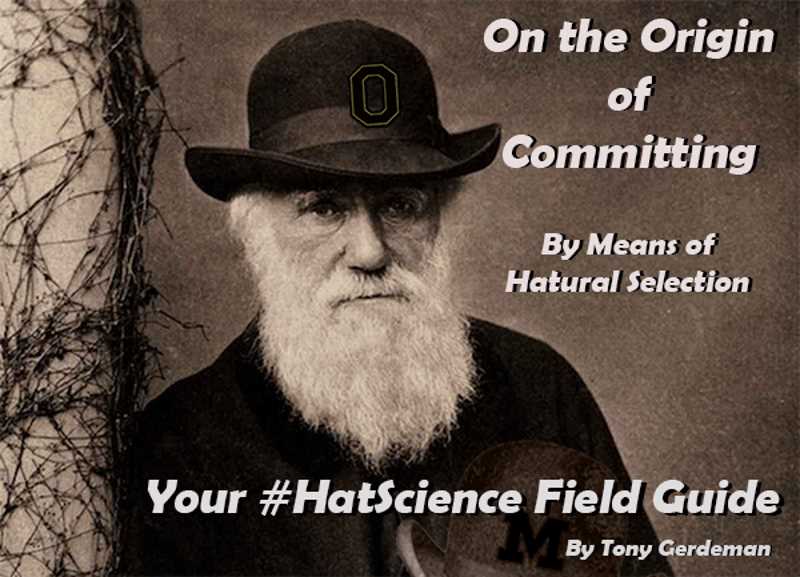

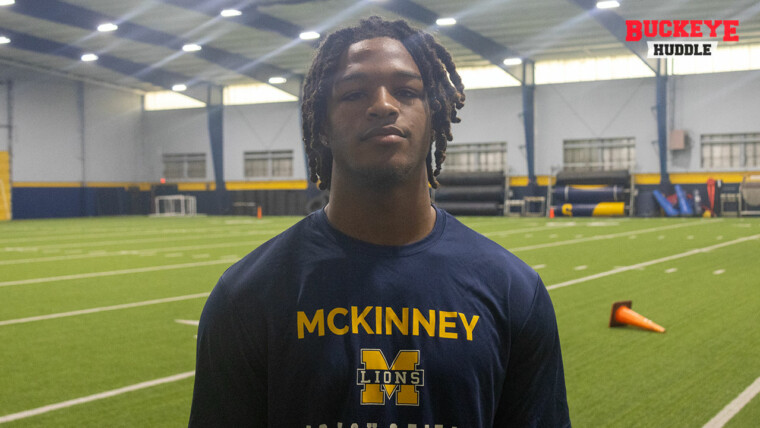
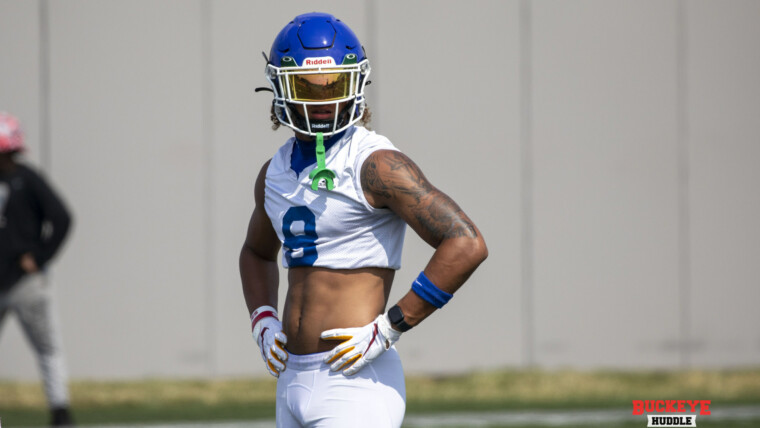
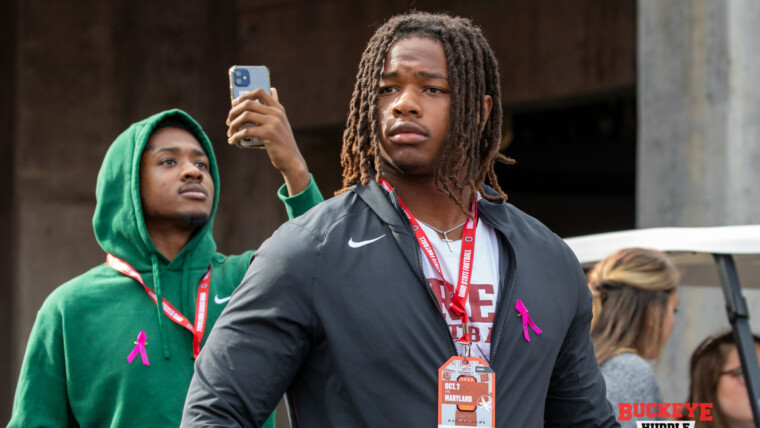
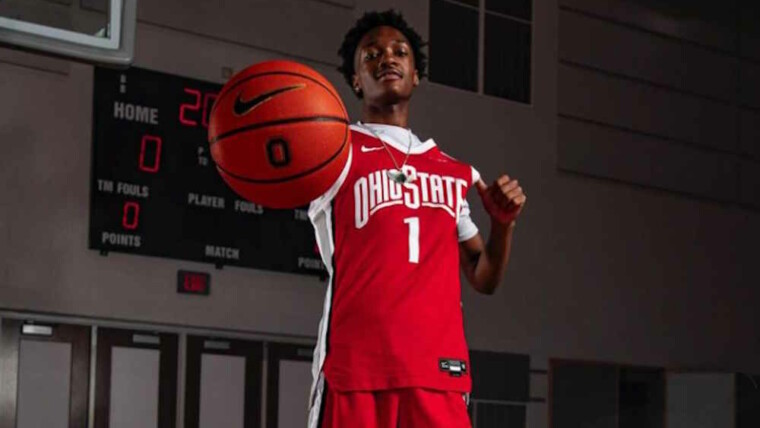
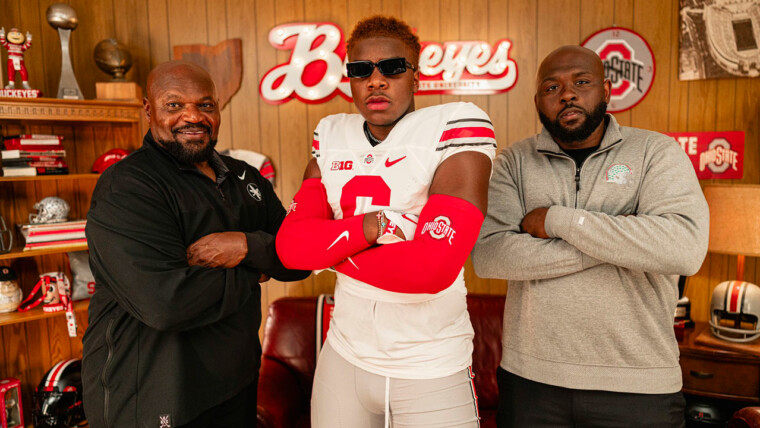
5 comments
Denzel Burke Seeing More And More To Like From Will Howard
Sherrone Moore On Playing Ohio State Multiple Times This Year: ‘Love It. Yes. Let’s Do It’
Ryan Day’s Message For The Michigan Game This Year? ‘Leave No Doubt’
Closer Look: James Peoples Ready For Significant Role This Year?
Big Ten Bluebloods Being Challenged By Oregon
Ryan Day Expecting A Number Of True Freshmen Buckeyes To Play This Year
Sherrone Moore On Playing Ohio State Multiple Times This Year: ‘Love It. Yes. Let’s Do It’
Archie Griffin To Dot The i In Buckeyes’ Season Opener